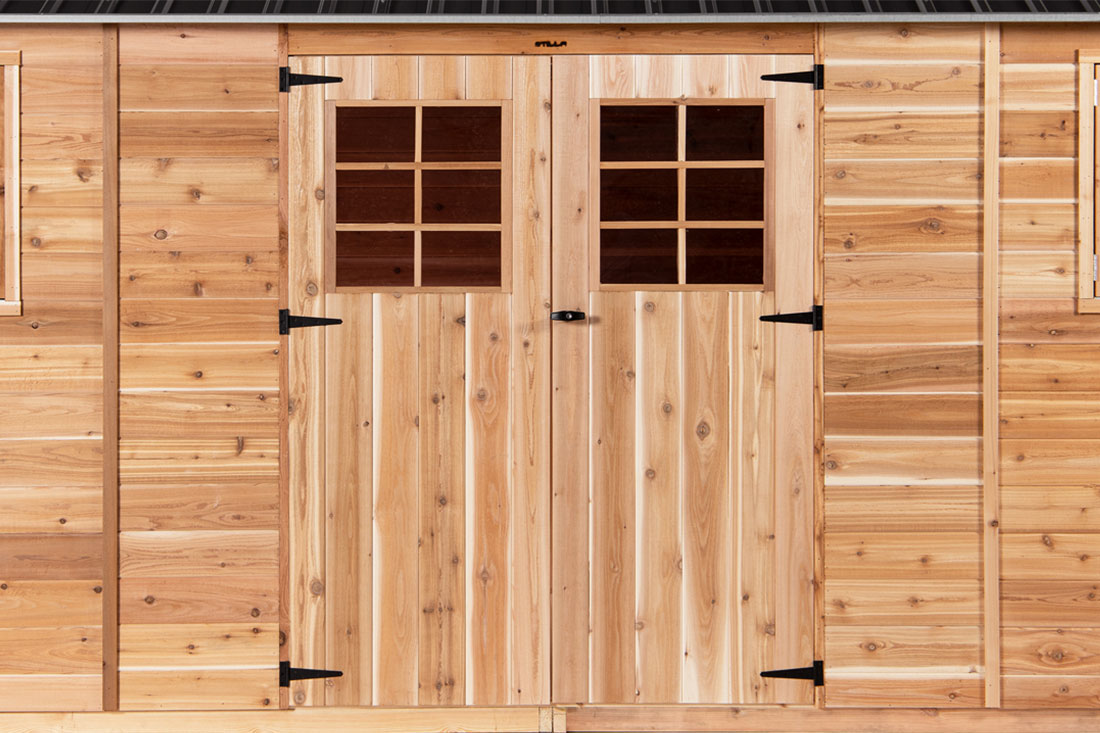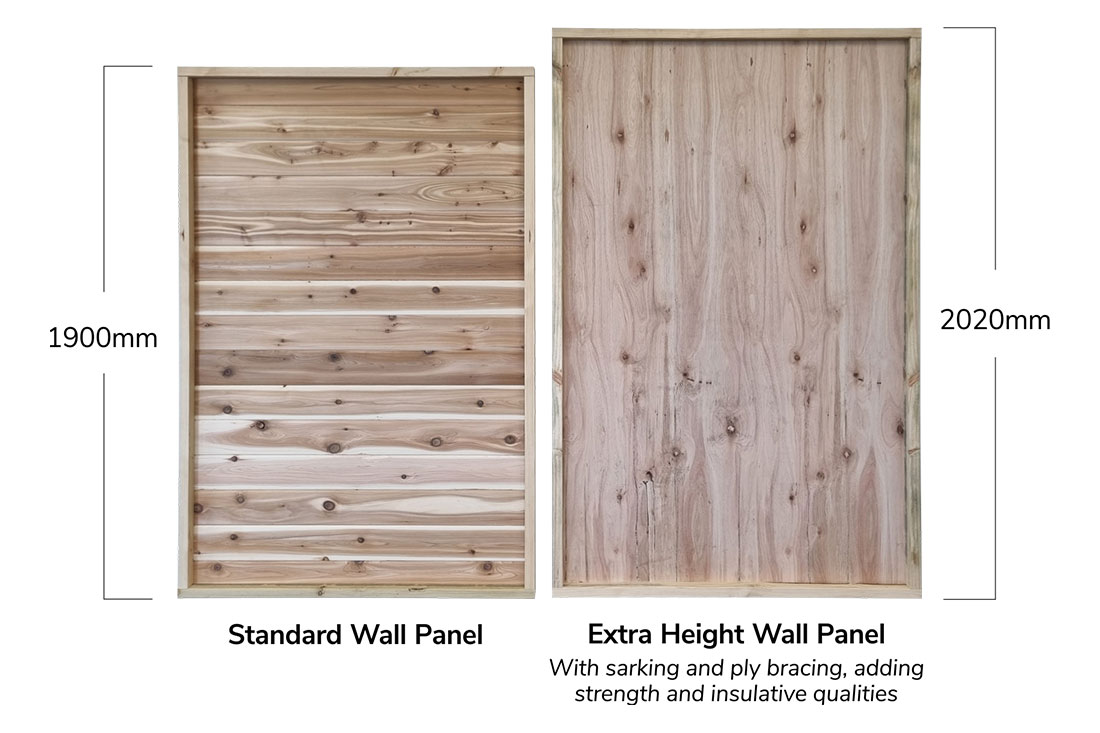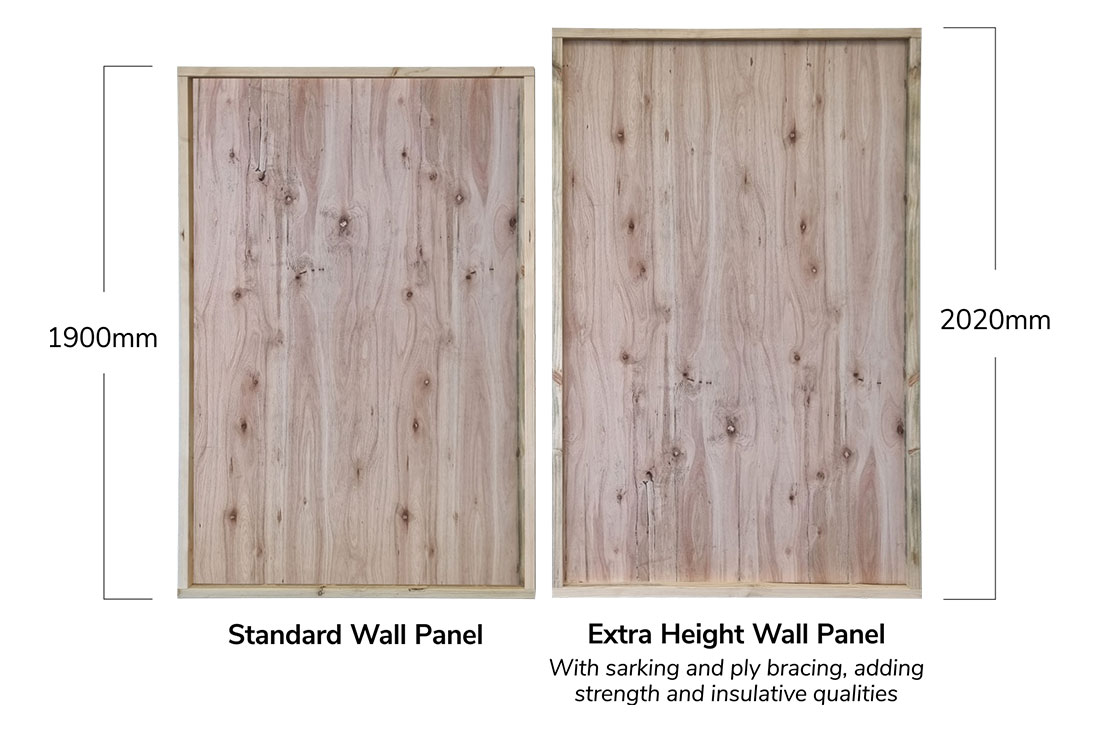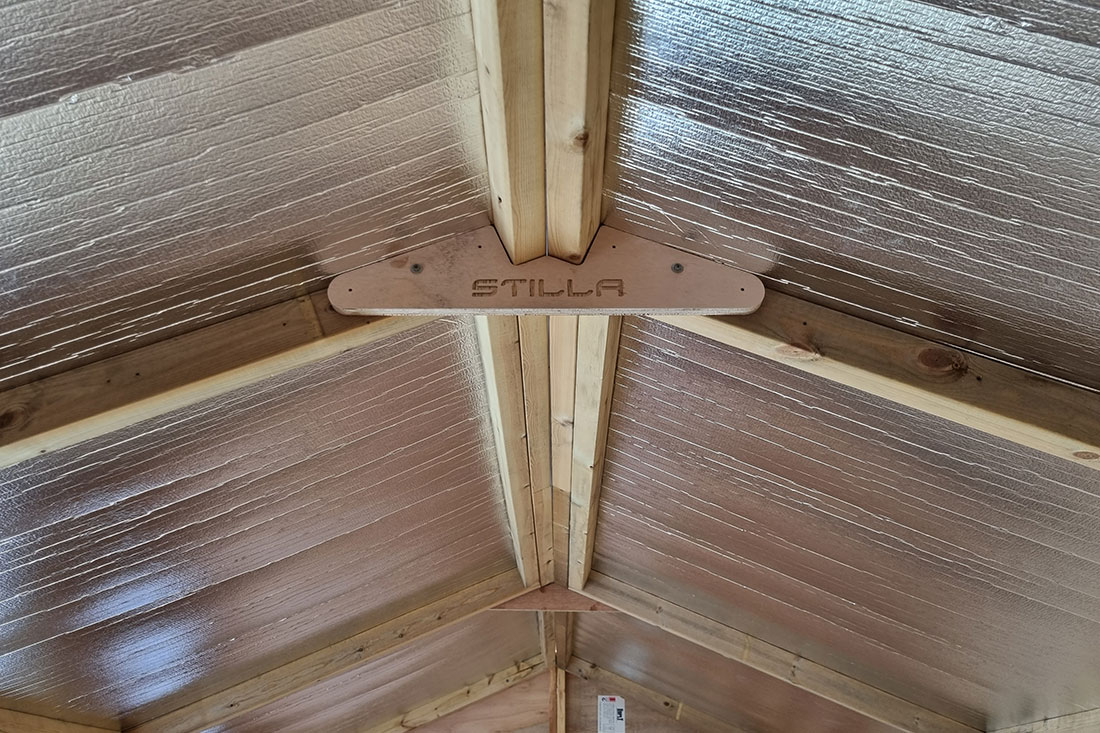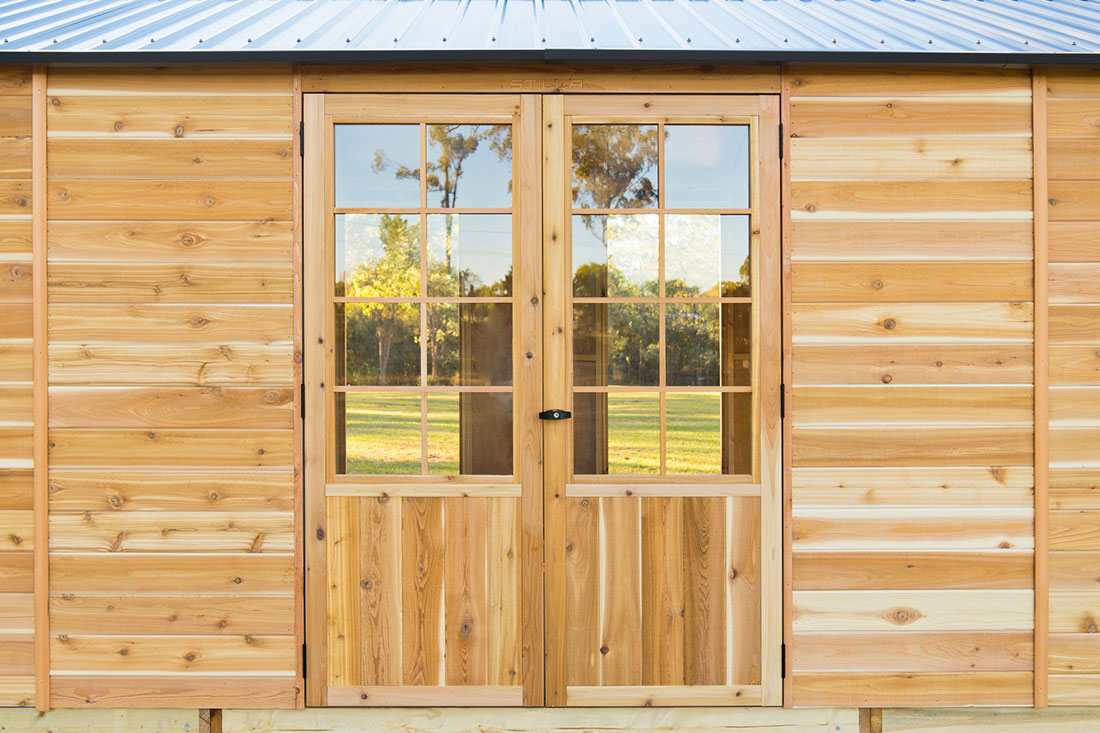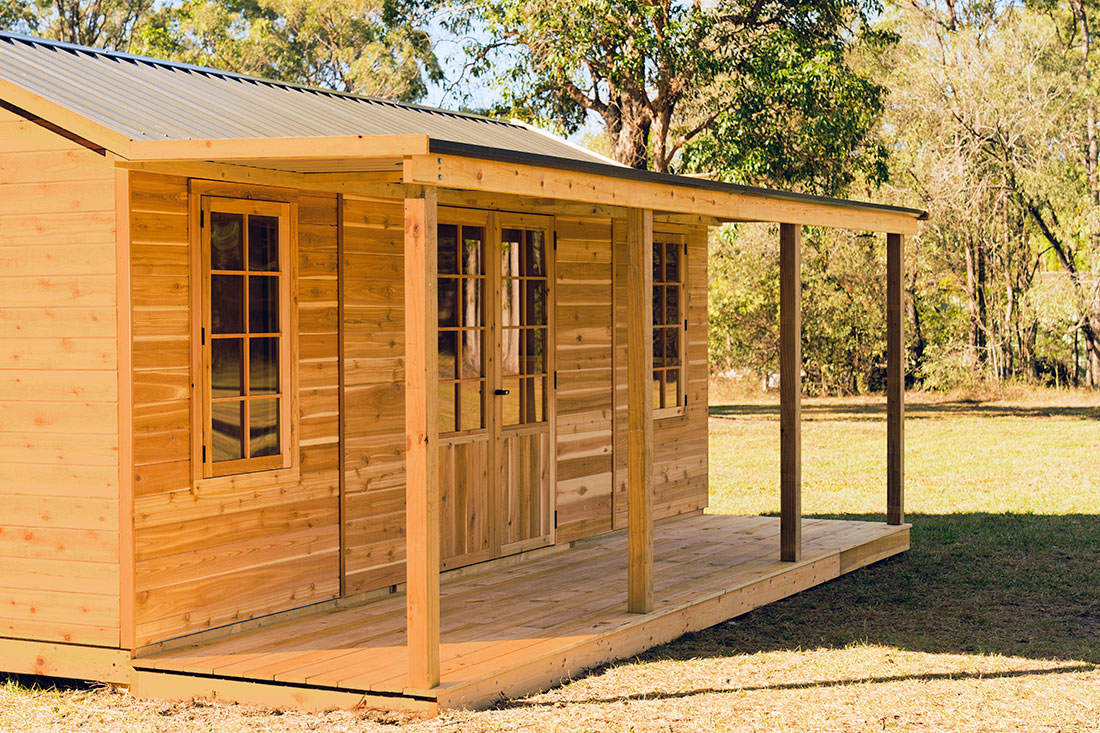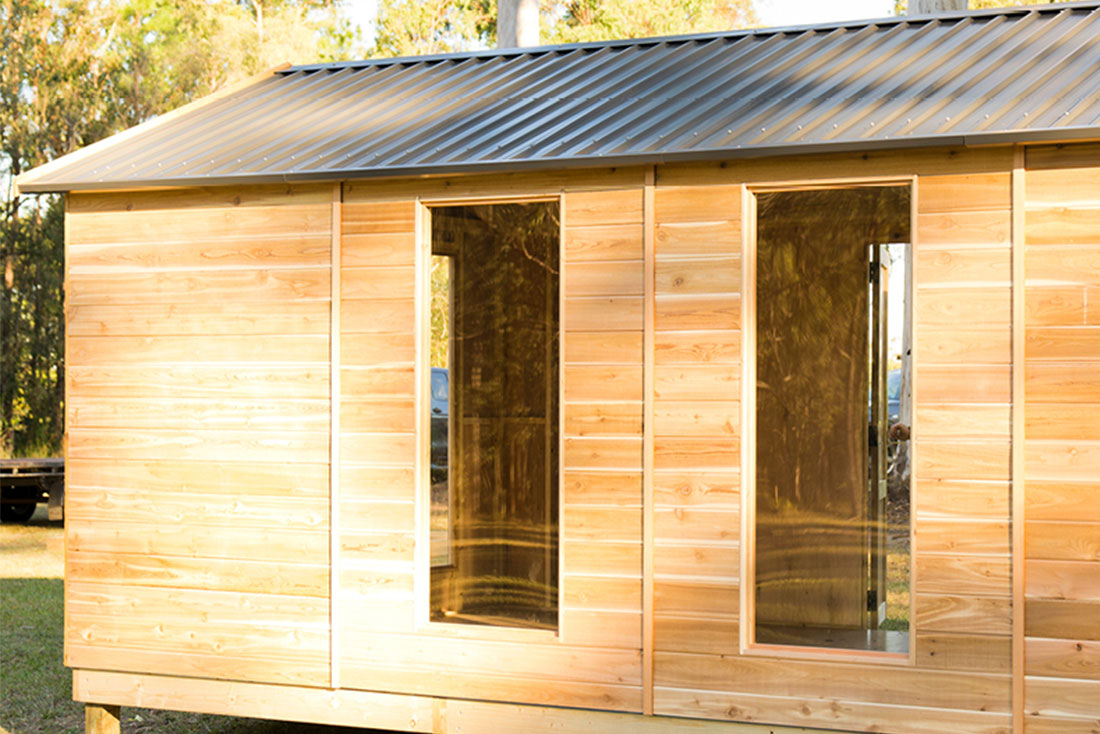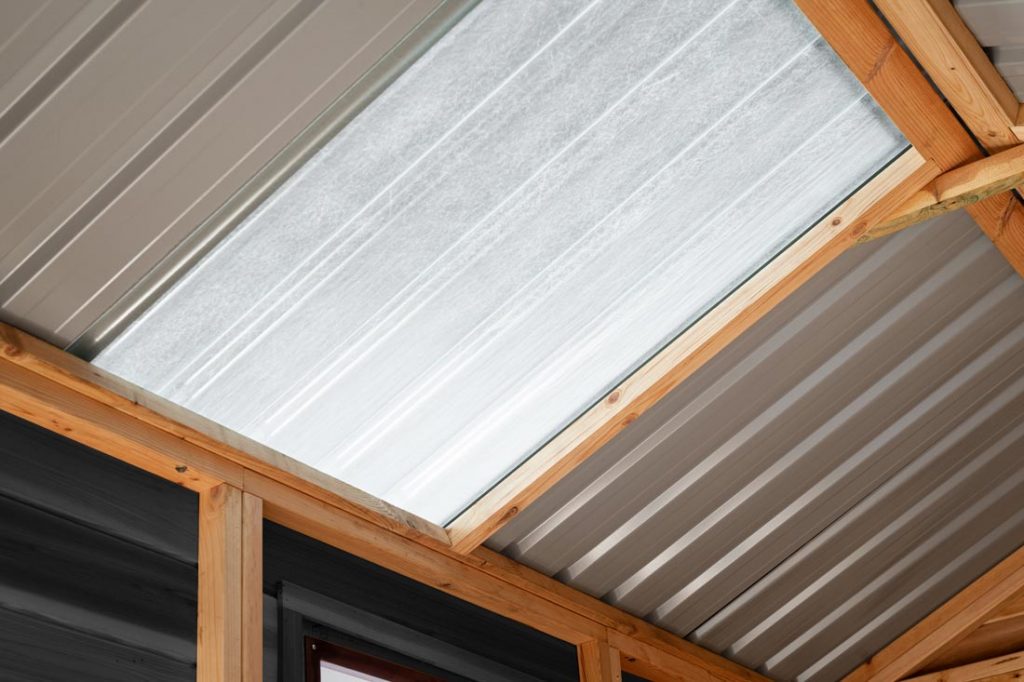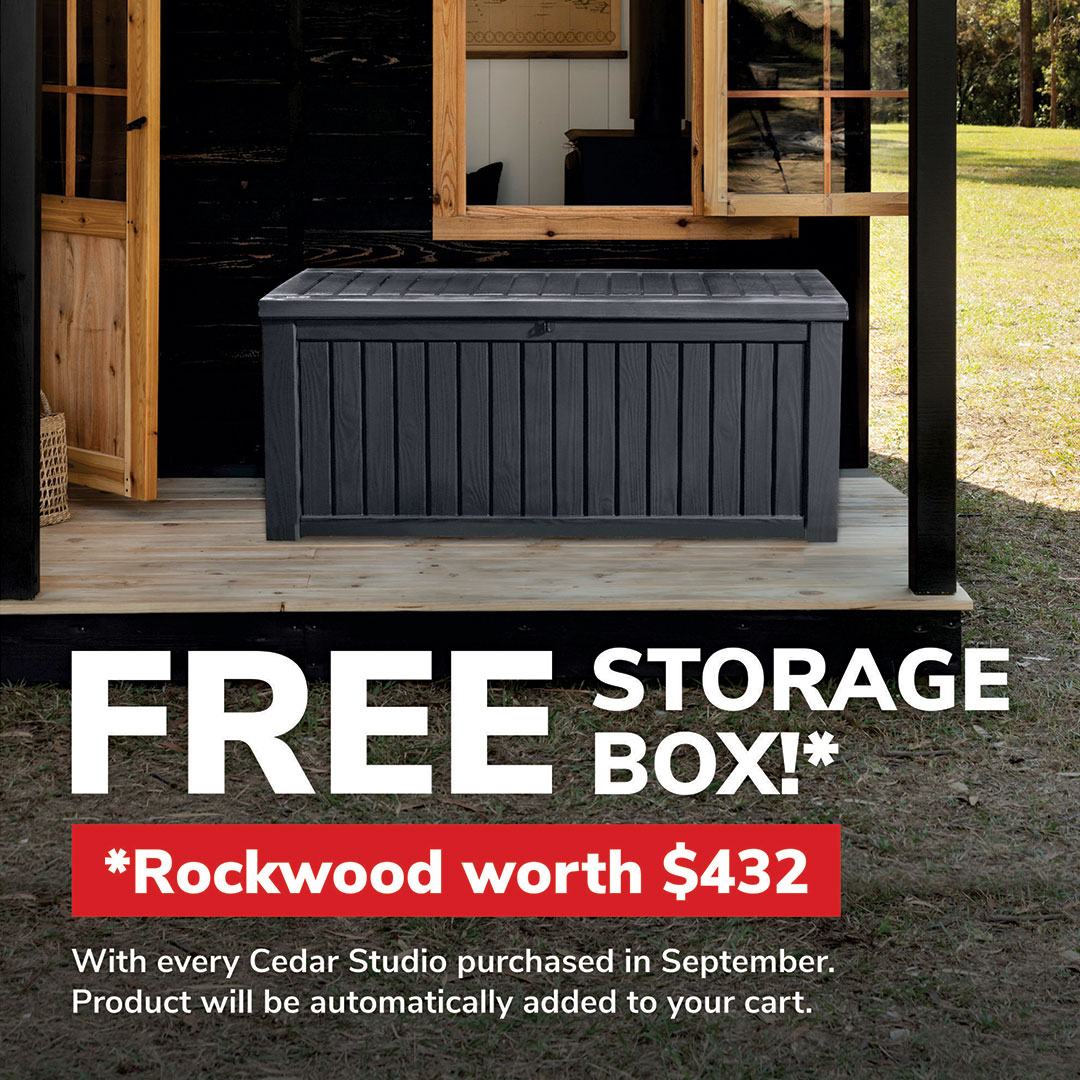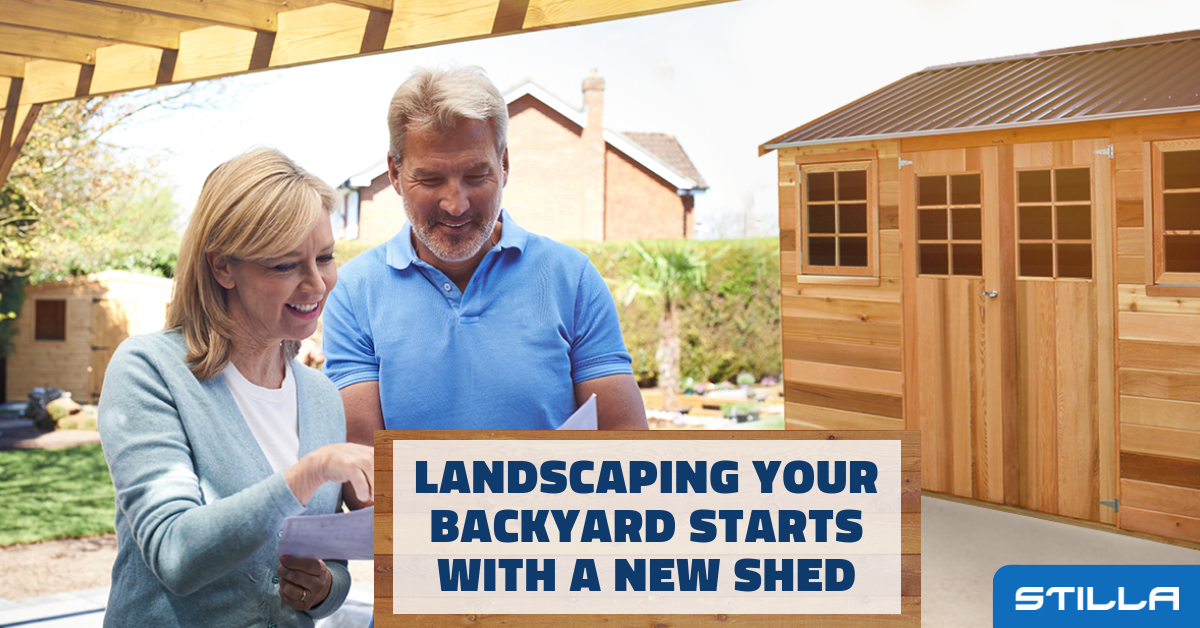
24 Oct Landscaping your backyard starts with a new shed
We were reading an article in Better Homes and Gardens about landscaping a backyard (do we need a reason?) and this tip caught our attention:
“Any good garden design has a focal point or series of focal points, and it’s an easy principle to put in place in landscape design for beginners. That may be a sculpture or a stunning plant, a tree, or a series of shrubs.”
What do you think we said (shouted) out loud?
“What about a shed?!”
We’ve always thought that you can’t go past a shed as a focal point, and once you’ve added a shed it ‘pulls focus’ (as they say about the most charismatic stars of the big screen).
In other words, don’t tuck your shed away in the back corner of the back garden.
Get a shed to be proud of and let it shine!
The other key elements of your backyard-scape
Let’s just accept that a great shed is a given. What other elements of your backyard should you think about?
Start by considering how the weather impacts on the way you use your backyard. If there’s a part that gets more sun, not only will you want to spend more time there, but certain plants will flourish there. If there’s a side that’s a bit more exposed to the prevailing wind, you might not want to put a barbecue or firepit there.
Put some thought into how you (and any visitors) should move through your backyard space, then put down some markers to make that work. That might mean a bit of paving, a gravel path, a fresh strip of lawn, and/or some well-defined edging for at least some of your garden beds.
Also consider that most people don’t love looking at fences, particularly a great expanse of fence, so you should think about how to soften, screen, or completely hide the most visible spans of fencing with some fence-height trees or shrubs.
And no matter how nice and neat your garden ends up looking, it might be a bit boring if it’s just green and brown, so plan to put some more colourful plants in strategic spots. You don’t need a lot of colour if you put a few splashes in high-visibility locations.
Where do you start?
Well, with a shed. Obviously! Then work out what will complement, enhance, highlight, and basically point people toward that focal point.
Then, do your research. Think about the entire project, even if you’re going to do it in stages, so that you don’t make a choice that will end up restricting what else you can do – or doing something you’ll want to undo later because it doesn’t really work with everything else.
Fix a budget, keeping in mind that you don’t need to do everything you’d like to do in one go. If you know that your budget realistically allows for a couple of decent bits of work, or a handful of smaller things, you can decide whether the bigger things are your priority or can wait.
Plant selection might take some time. If you need a certain type of plant for a particular purpose or position – for example screening a fence, lining a patio or path, or to create a bit of a feature – make sure you figure out not only how many you need for the space allocated, but also whether you need to dig deep, get fresh soil, get some mulch, or use a fertiliser. Those ‘extras’ all start to add up.
Importantly, do the hardscaping projects (deck, pergola, path, driveway, paving, fencing, etc) before the gardening. Basically, get any excavation and construction done first, so there’s no risk of damaging freshly laid turf or new plantings.
Finishing touches
No matter how long and complex your landscaping project might be with all the building and the digging and the planting, sometimes those last few elements can make all the difference.
It might be a single large planter, some hanging plants, a garden sculpture, a water feature, a bench seat, a table and chairs, or something personal and sentimental, but often a little bit of flair or creativity can really be the cherry on the top.
The most important thing is to make your backyard somewhere you, your family and friends will really want to spend time in.
So, why not start by picking a shed from the Stilla range, and then have a think about what sort of plants, paths, and other features can further enhance your new focal point.


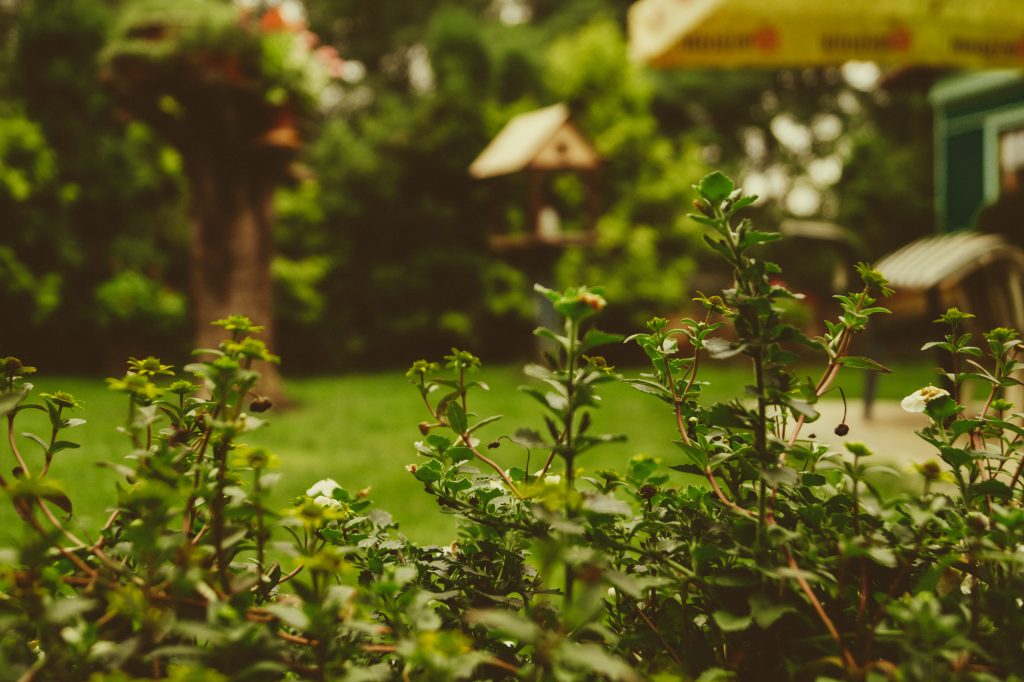

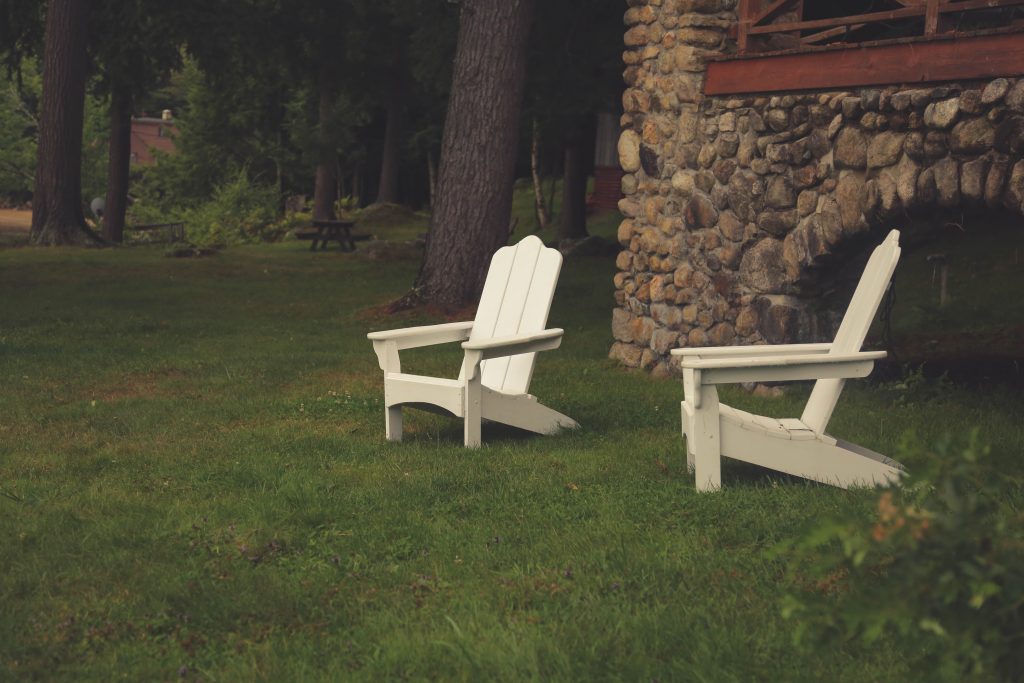
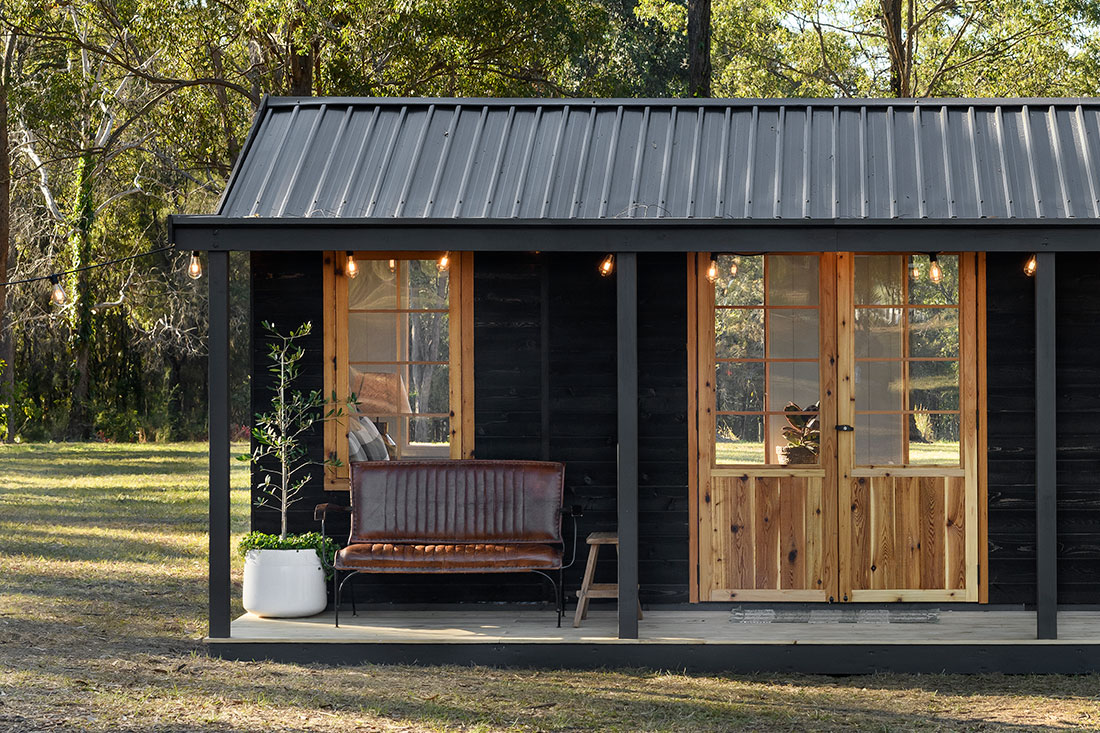
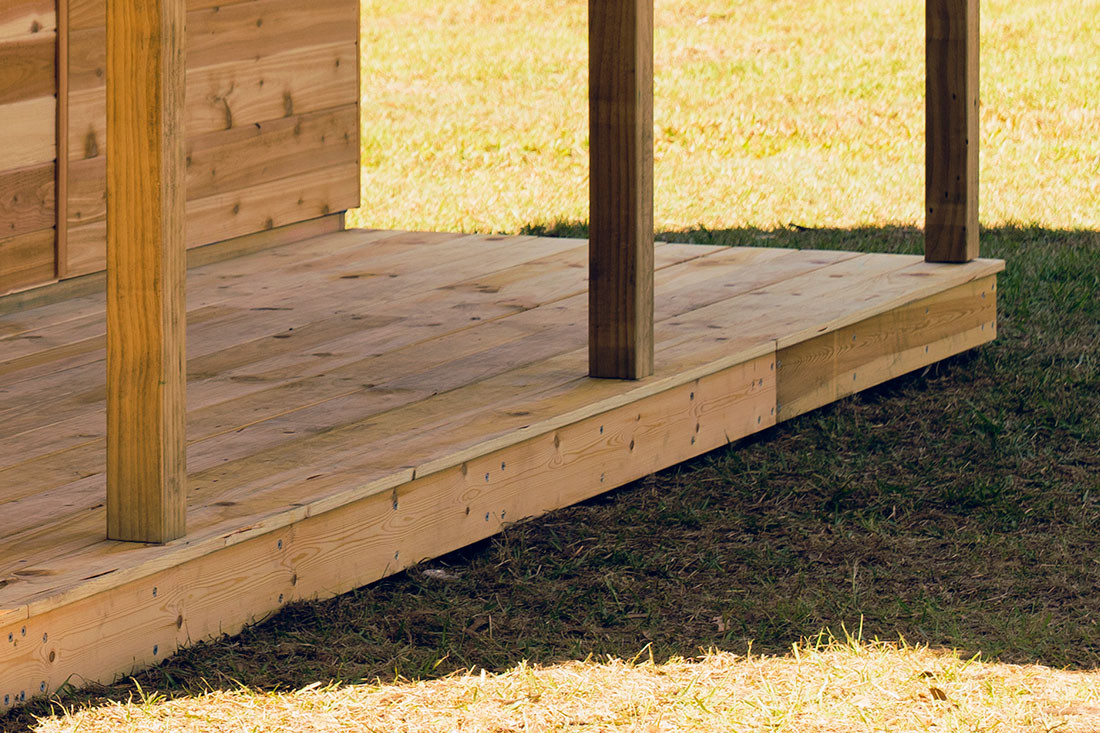
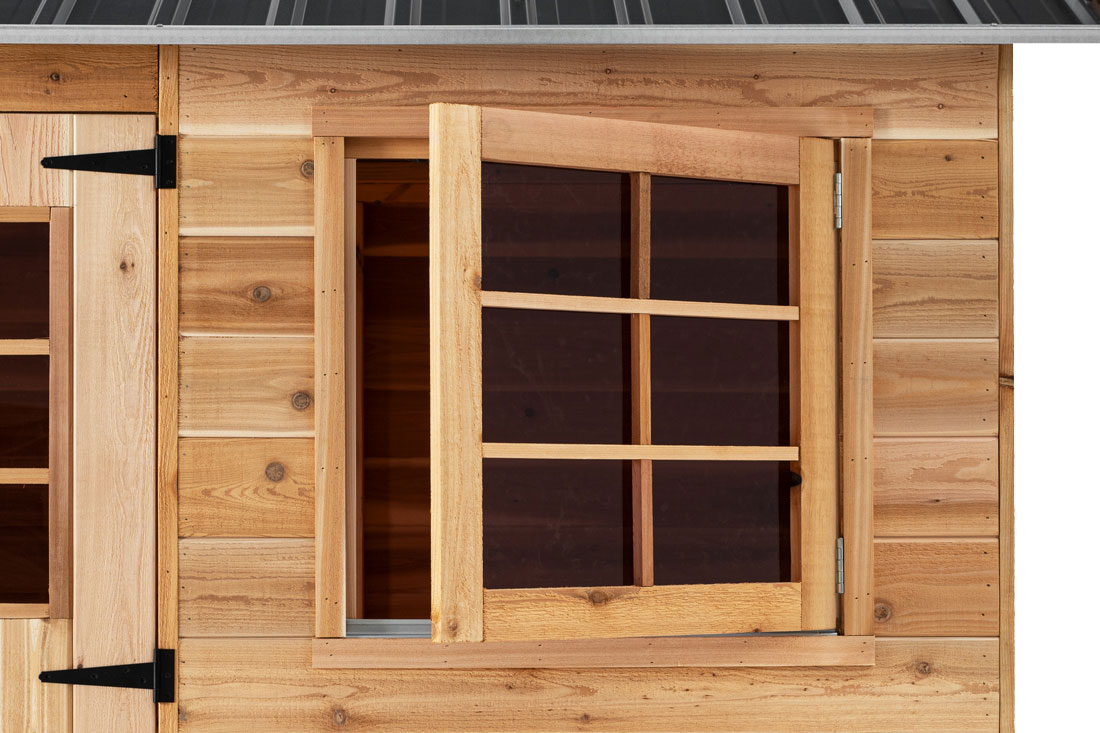
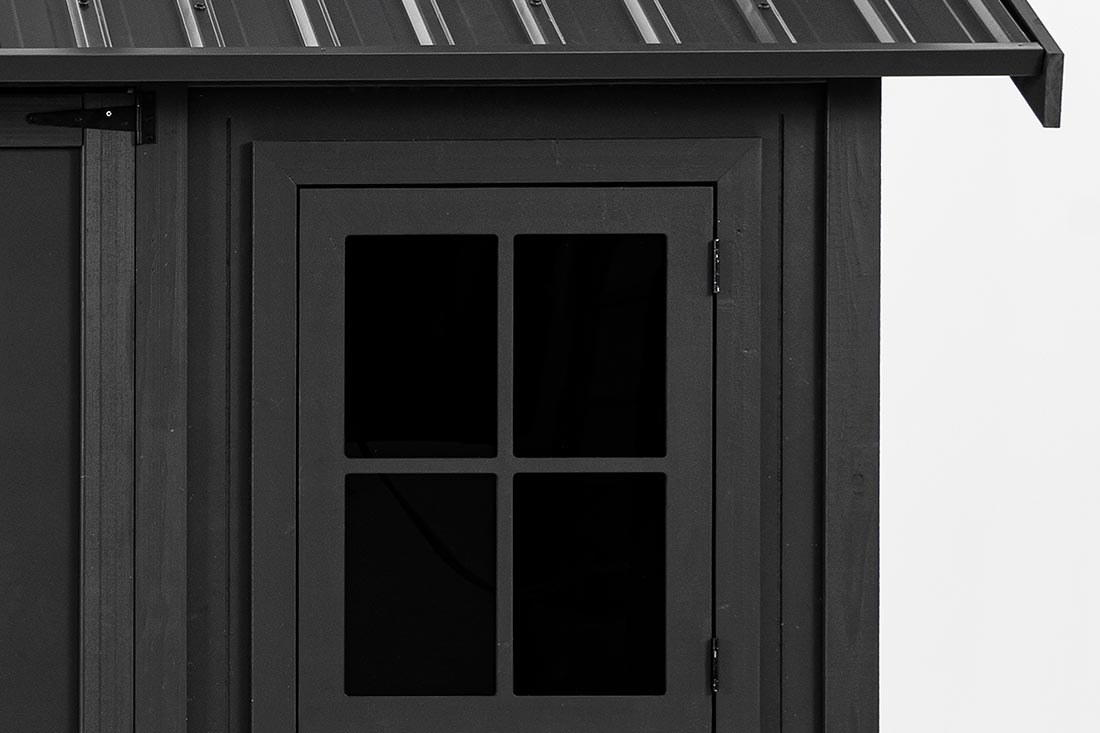
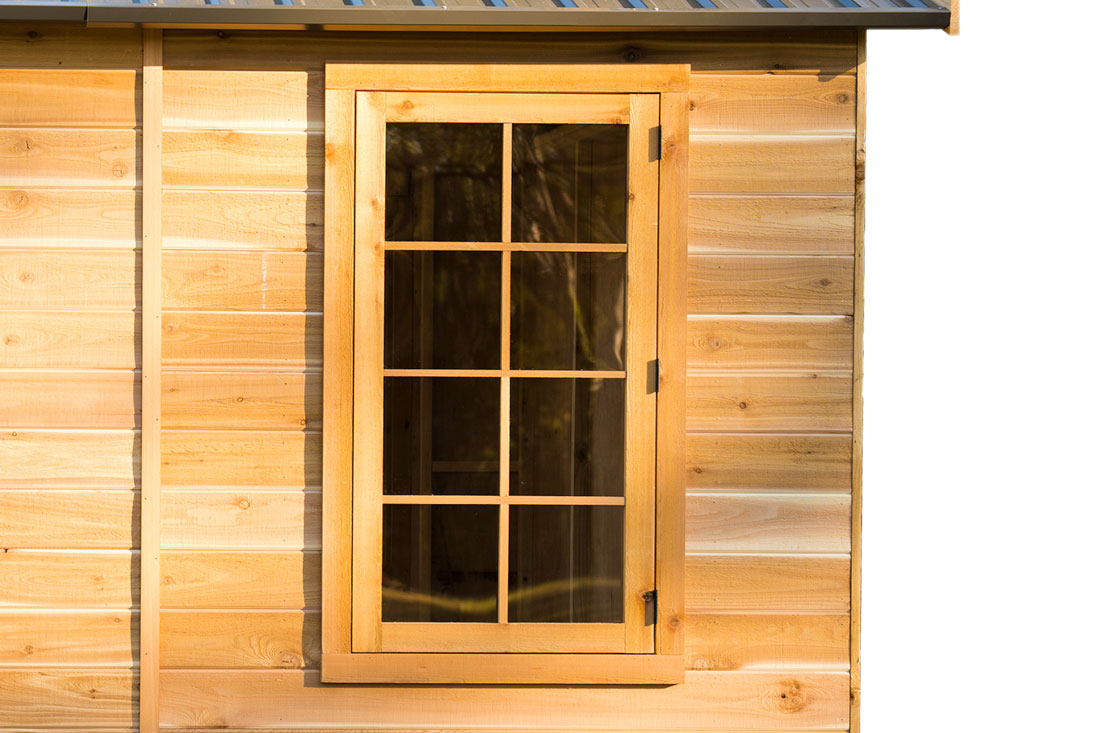
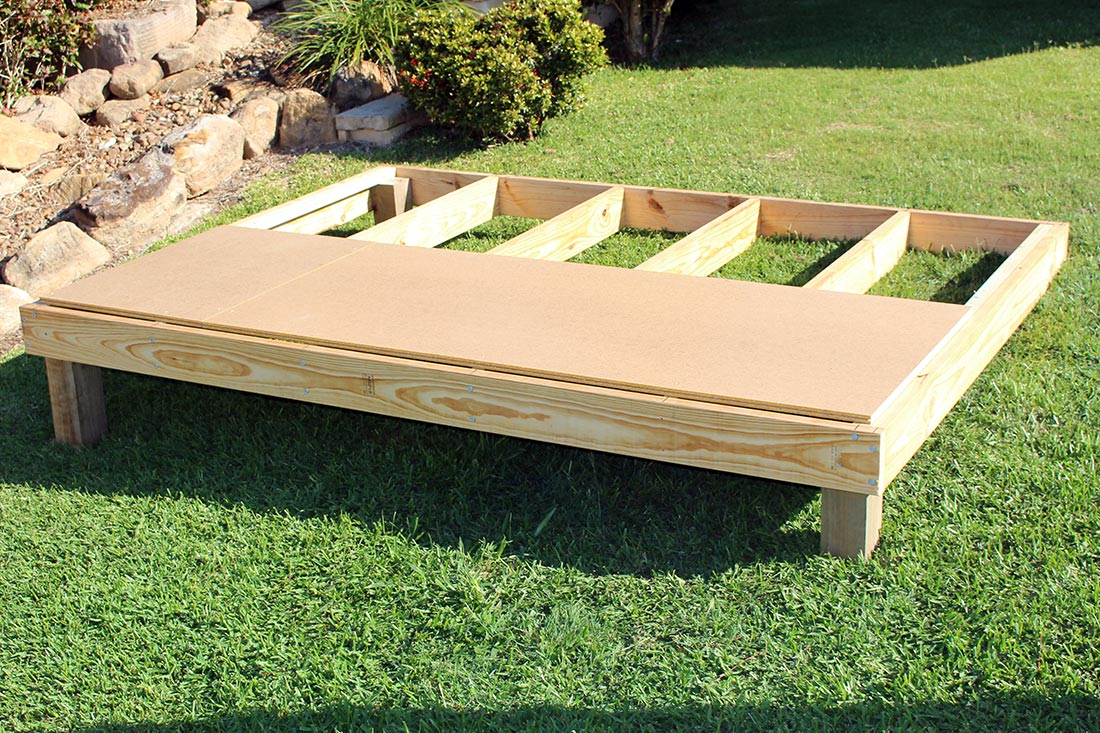
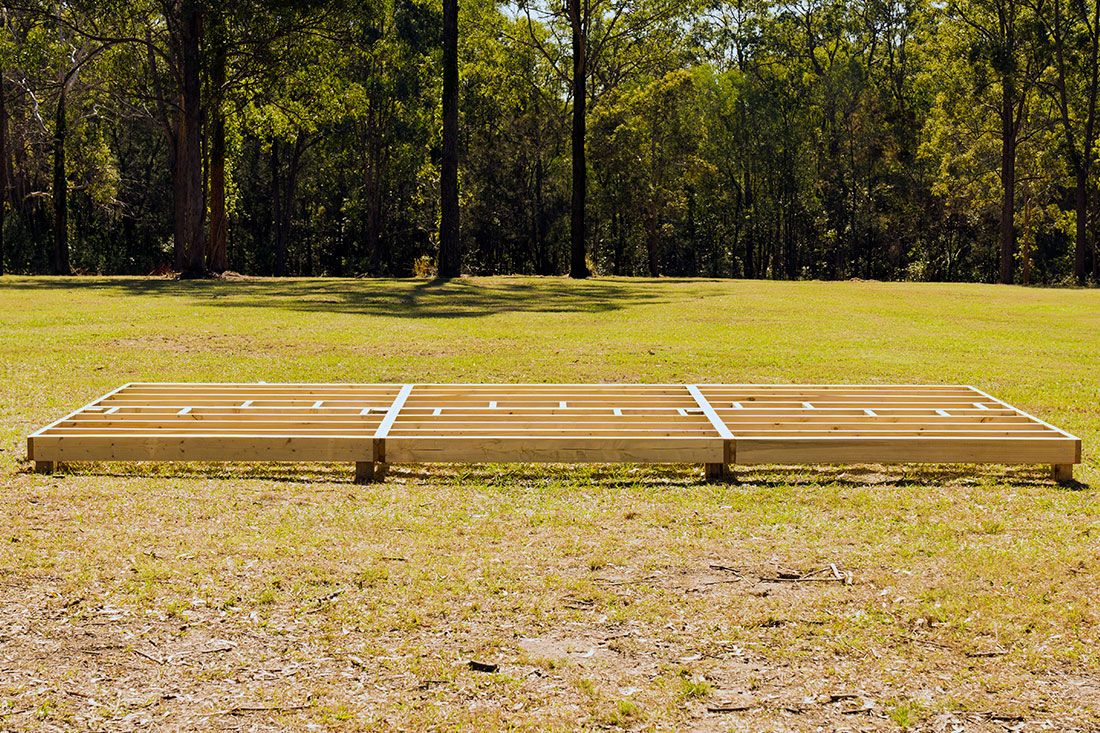
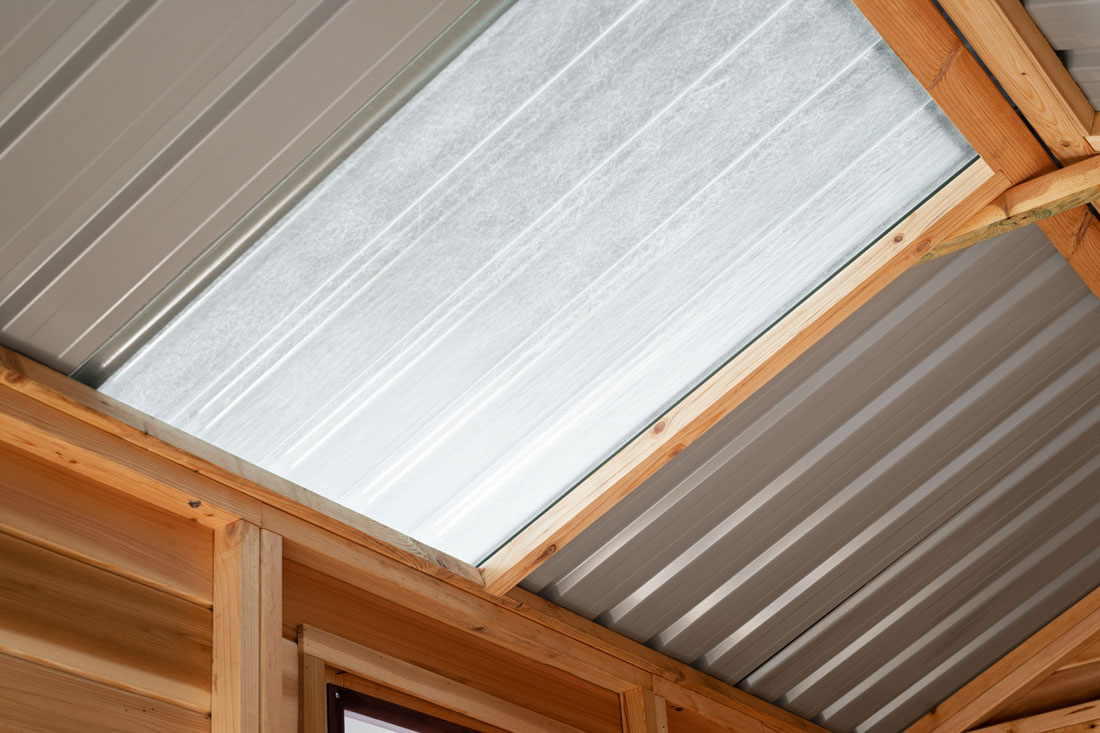
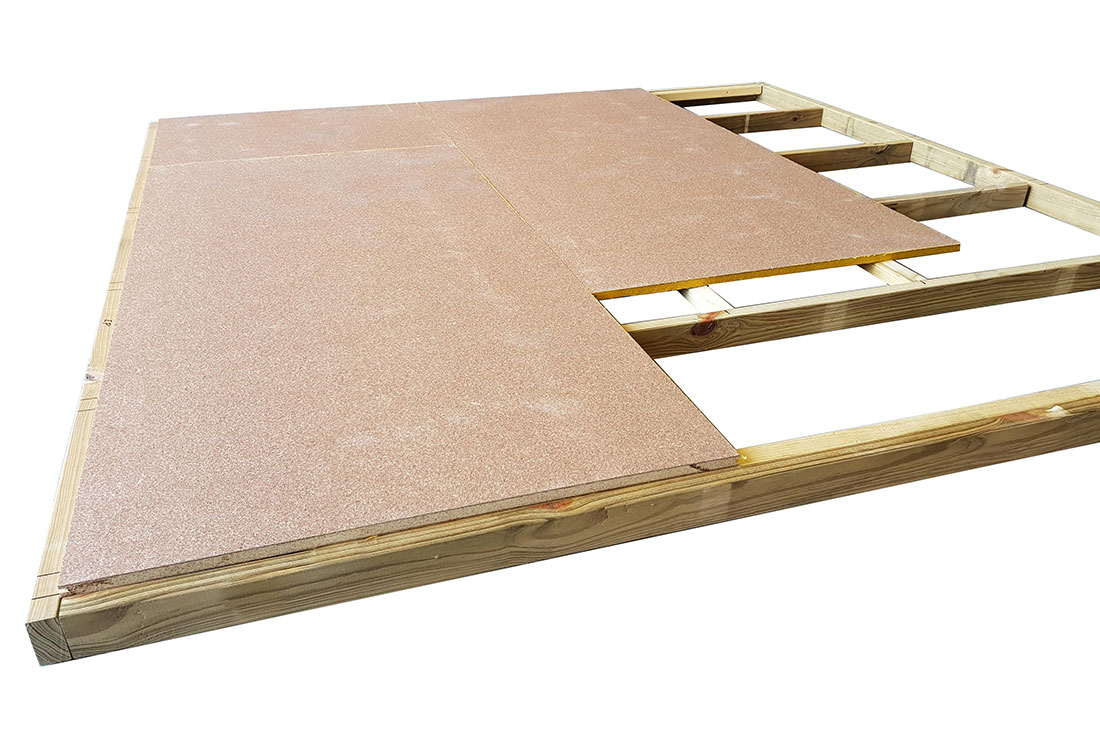
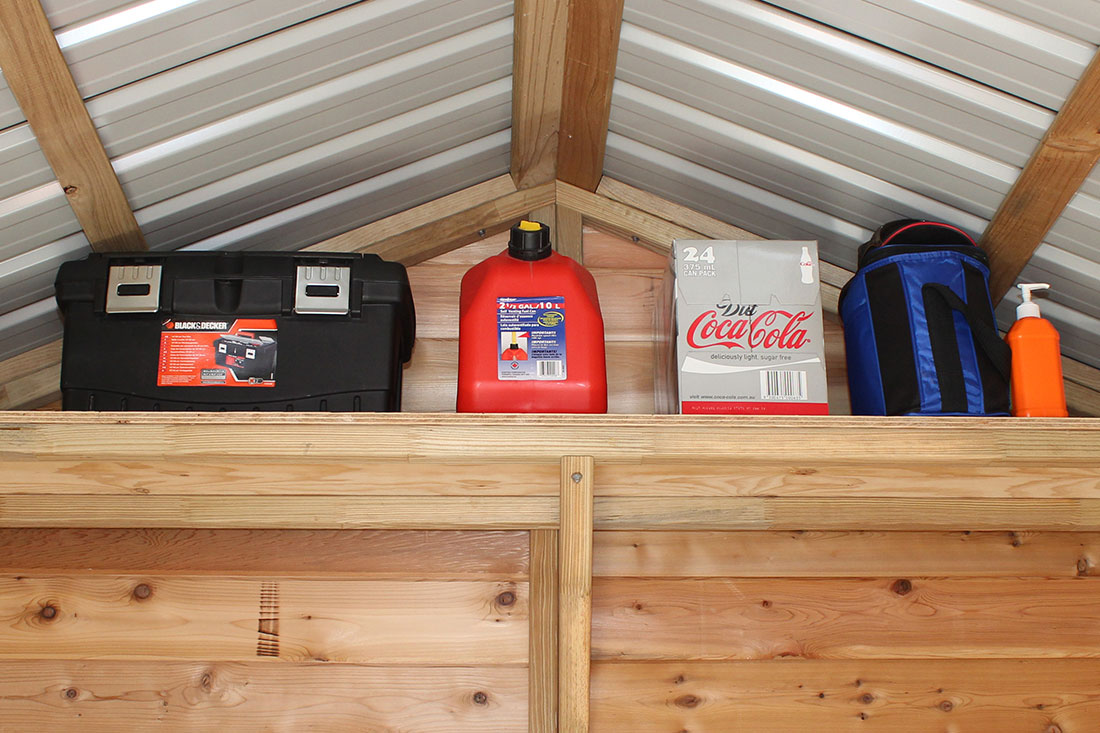
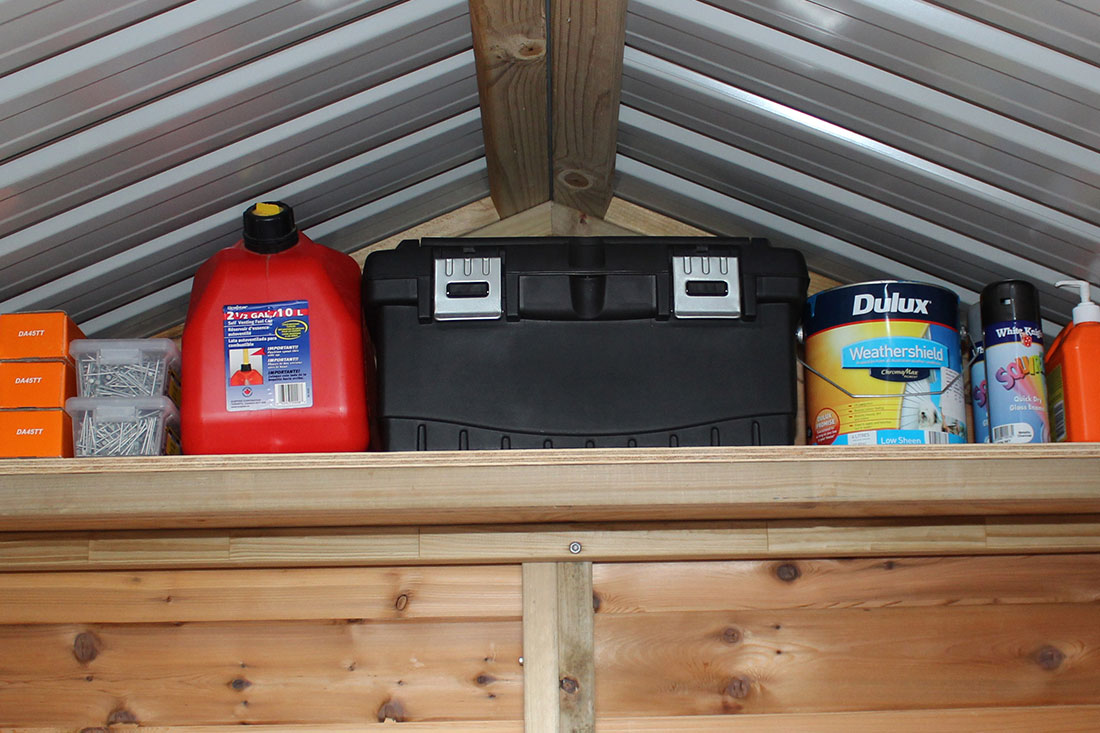
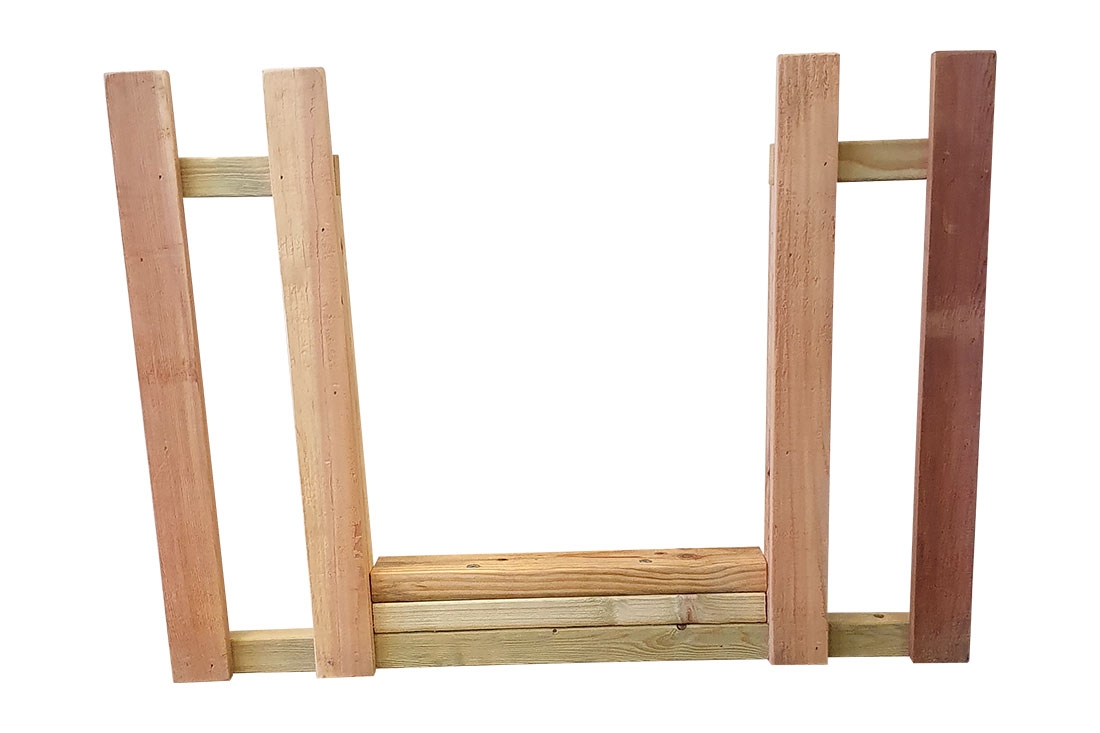 Includes an adjusted railing & ground pegs to make provision for a slide to be attached to the Hideout Tower.
Includes an adjusted railing & ground pegs to make provision for a slide to be attached to the Hideout Tower.